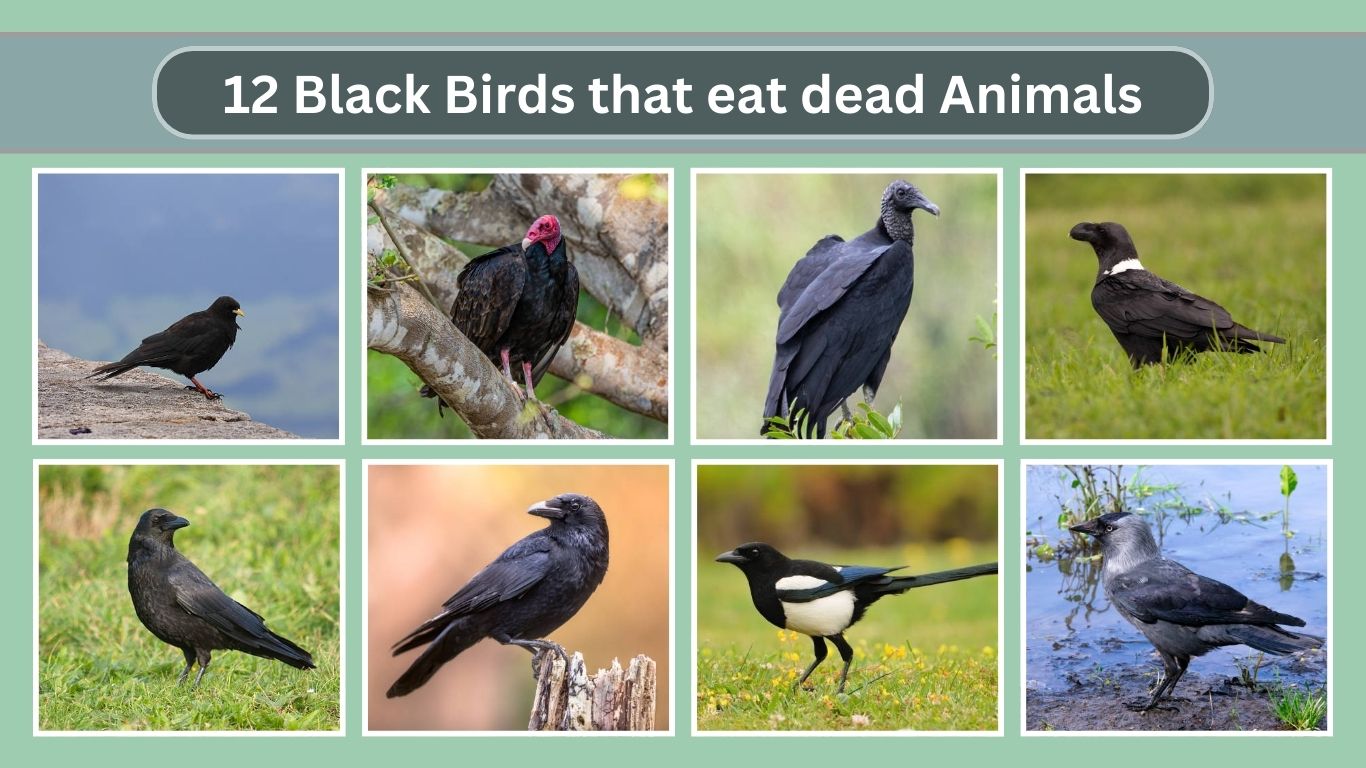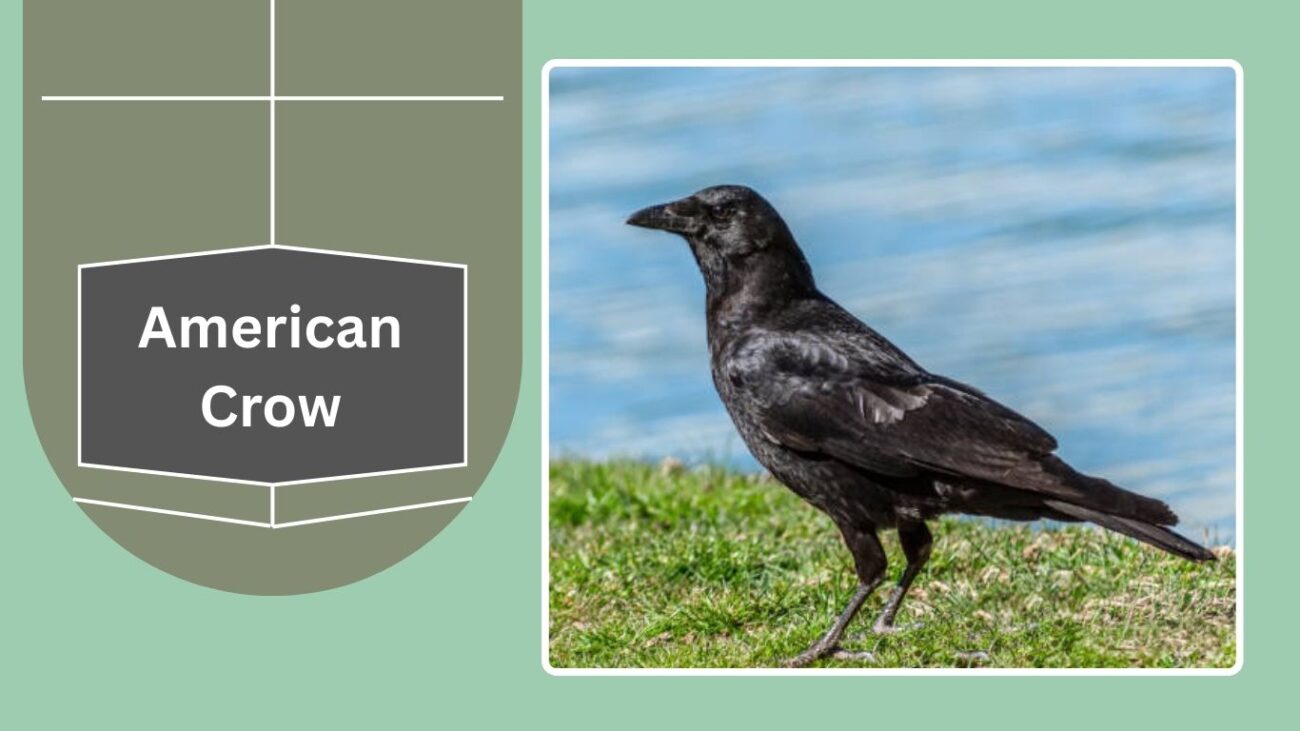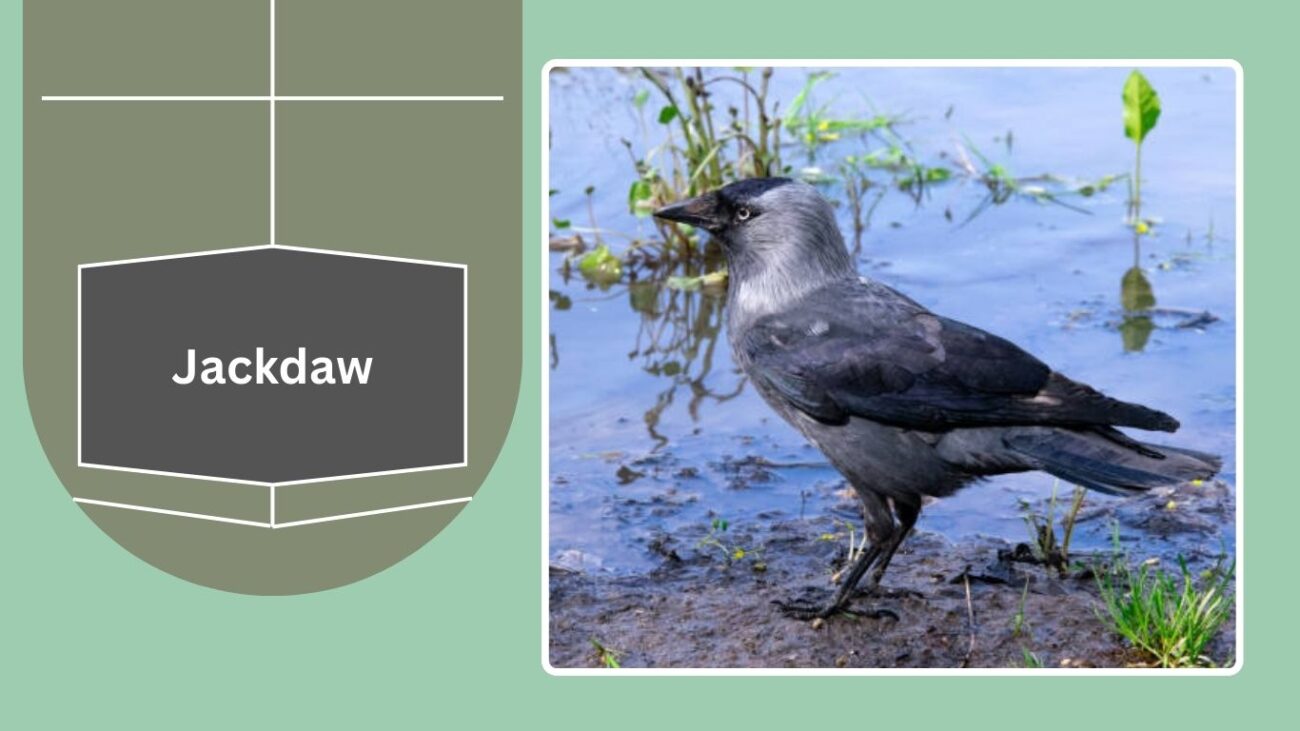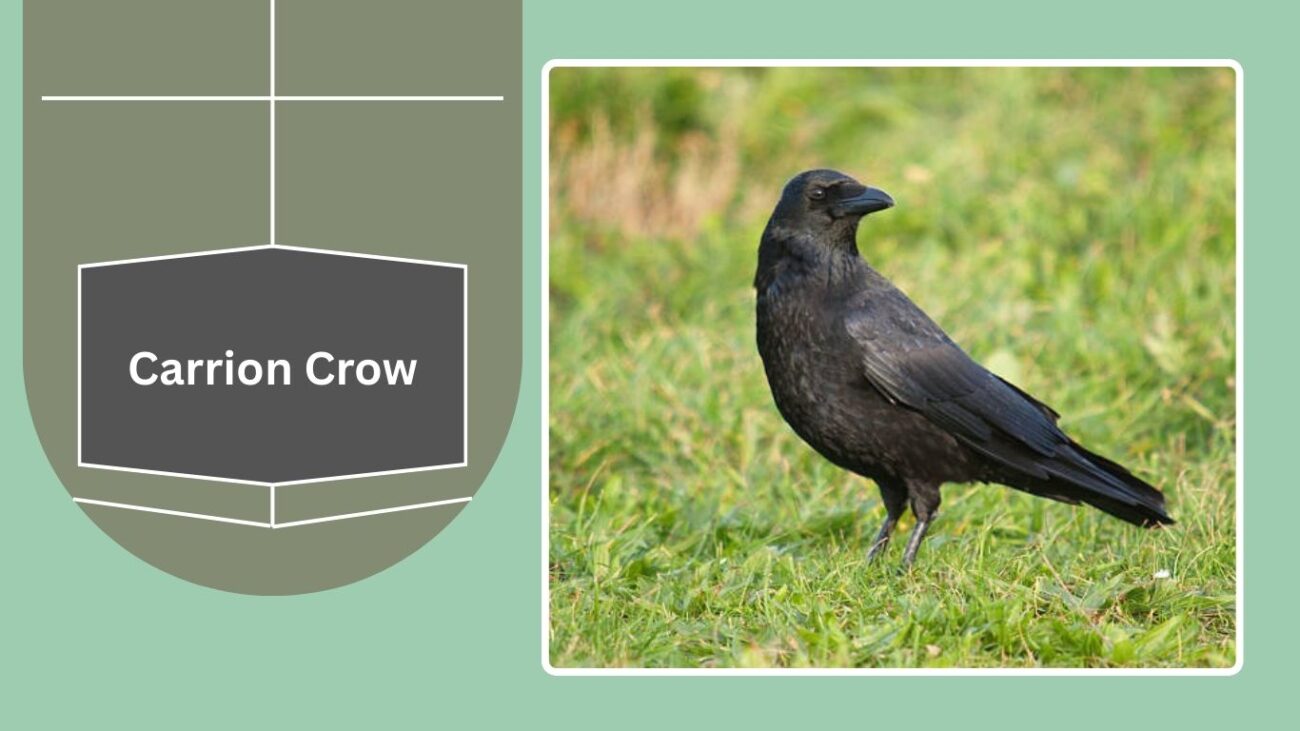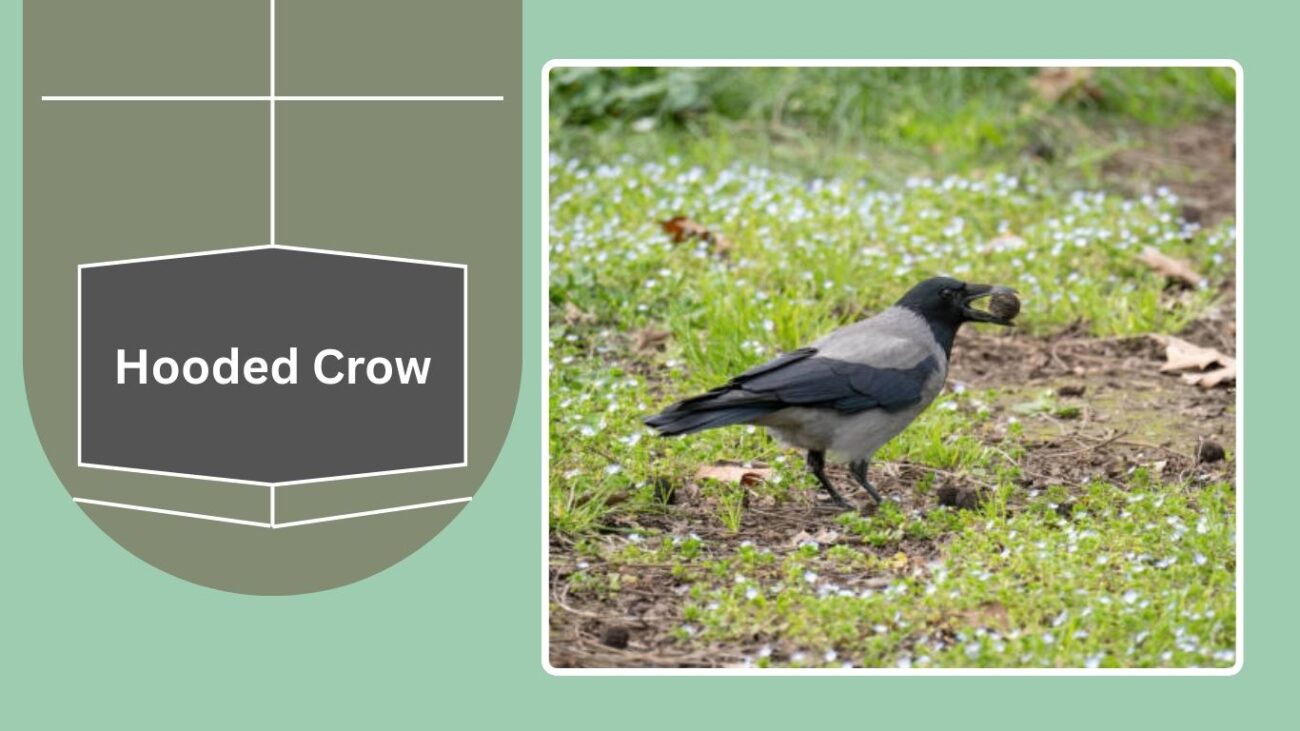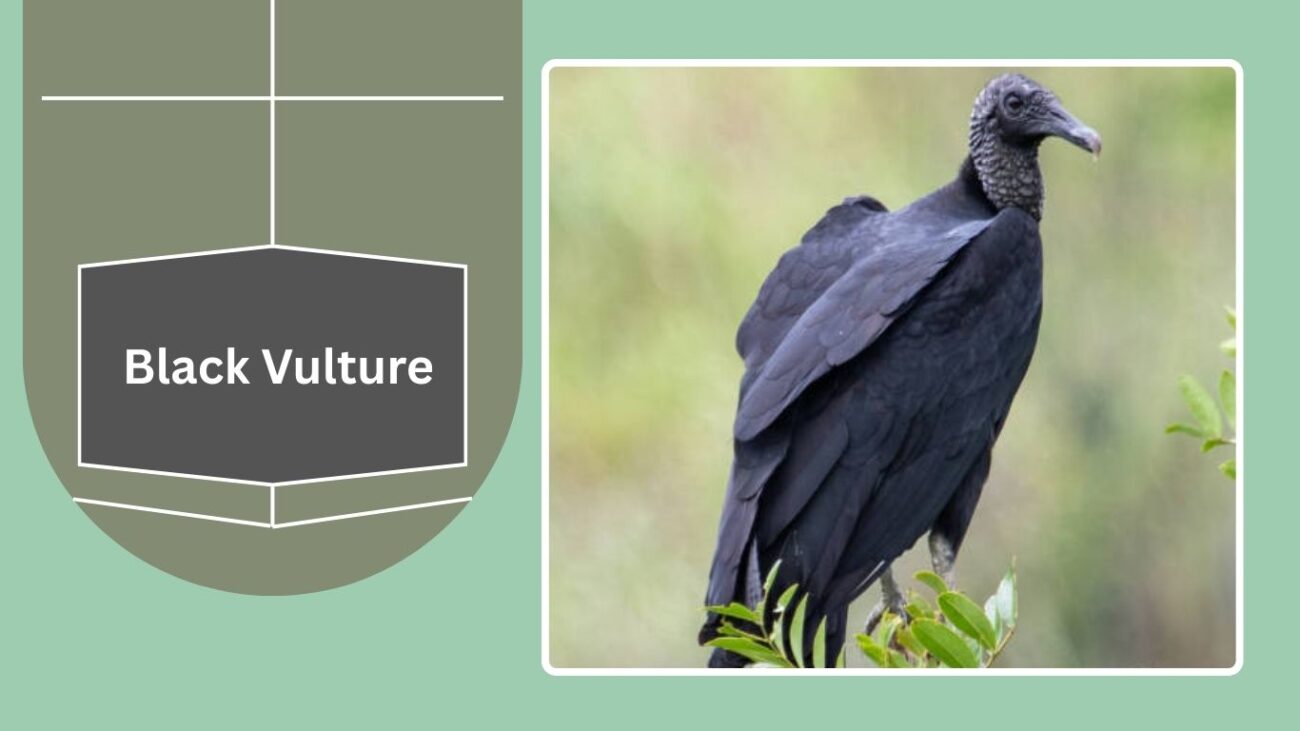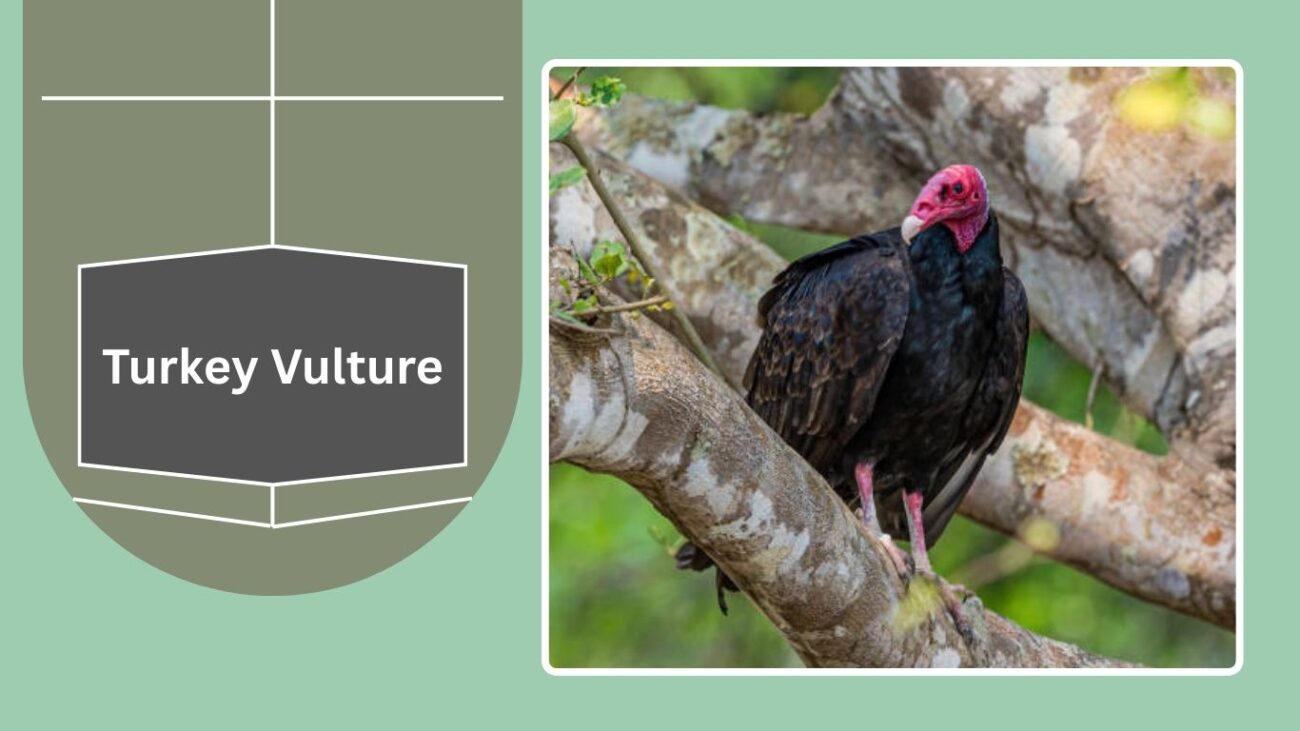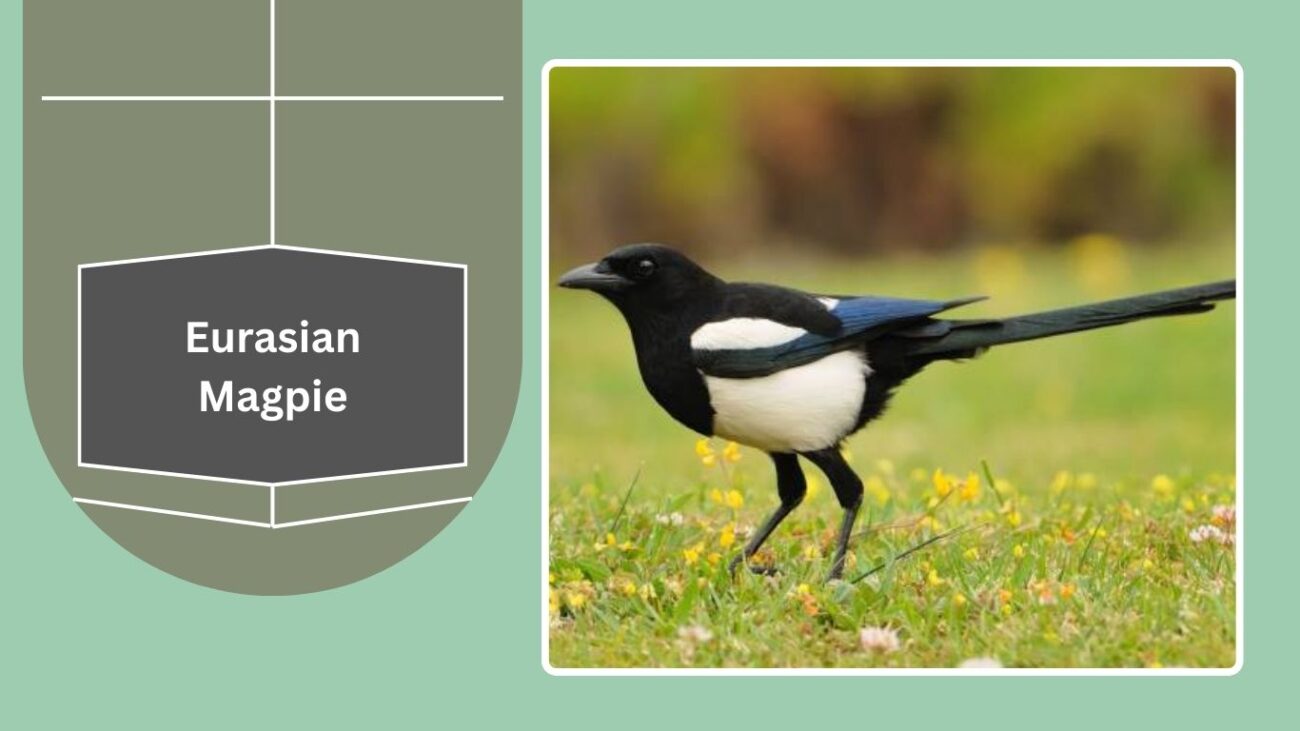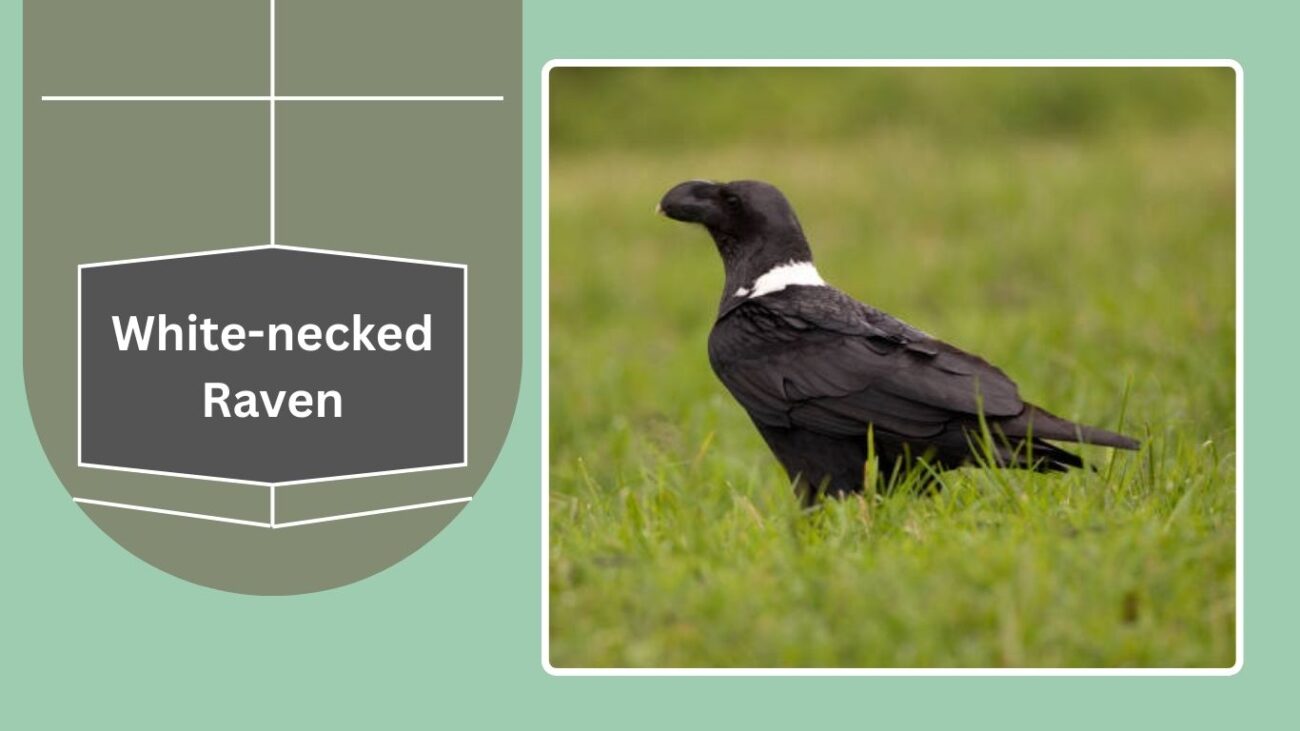Black birds have long been associated with mystery, intelligence, and adaptability. Among them, many species play an essential role as scavengers, feeding on dead animals and helping keep ecosystems clean. From crows and ravens to vultures and magpies, these birds prevent the spread of disease by consuming carrion. In this article, we’ll explore 12 fascinating black birds that survive partly or entirely by feeding on dead animals.
1. American Crow
The American Crow (Corvus brachyrhynchos) is one of the most recognized black birds in North America. Known for its intelligence and adaptability, this species thrives in both urban and rural areas. As an opportunistic feeder, the American Crow often eats carrion, making it an important part of the natural cleanup system.
Identification
- Medium-sized bird, about 16–20 inches long
- Glossy black plumage with iridescent sheen in sunlight
- Strong, stout black beak
- Broad wings and fan-shaped tail
- Distinctive loud “caw-caw” call
Habitat
American Crows live in a wide range of habitats, including forests, grasslands, agricultural lands, and cities. They are highly adaptable and are often found near human settlements.
Diet
Their diet is varied, including insects, seeds, grains, small animals, and carrion. They frequently scavenge on roadkill and other dead animals, playing a role in ecosystem balance.
Behavior
Crows are highly social and often gather in large flocks. They are also problem-solvers, known for using tools and memorizing human faces. Their scavenging habits help reduce waste in their environment.
2. Common Raven
The Common Raven (Corvus corax) is one of the largest members of the crow family and is often associated with myths and legends due to its dark appearance and intelligence. These birds are powerful scavengers and frequently feed on carrion, helping to recycle nutrients back into the ecosystem.
Identification
- Large bird, around 24–27 inches long
- Entirely black plumage with a slightly glossy sheen
- Thick, curved black bill
- Wedge-shaped tail, different from the fan-shaped tail of crows
- Deep, croaking call often described as “gronk-gronk”
Habitat
Common Ravens are found across the Northern Hemisphere, living in forests, mountains, tundras, and deserts. They are highly adaptable and can also be seen near human settlements, especially where food is available.
Diet
They are opportunistic feeders, consuming small mammals, insects, grains, fruits, and carrion. Ravens are often seen feeding on dead animals, sometimes alongside vultures and other scavengers.
Behavior
Ravens are solitary or found in pairs, unlike crows which gather in large groups. They are highly intelligent, capable of problem-solving, mimicking sounds, and even playing games. Their scavenging helps maintain ecological balance by removing carcasses from the environment.
3. Rook
The Rook (Corvus frugilegus) is a medium-sized black bird from the crow family, commonly found in Europe and parts of Asia. It is a highly social species, often forming large colonies, and like other corvids, it plays an important role as a scavenger, frequently feeding on dead animals.
Identification
- Size ranges between 16–18 inches long
- Entirely black plumage with a purplish or bluish sheen in sunlight
- Pale, bare skin around the base of the beak in adults
- Long, pointed beak compared to crows
- Distinctive “kaah” or harsh cawing call
Habitat
Rooks thrive in open countryside, farmland, grasslands, and towns. They are often seen in large groups, especially roosting in tall trees near fields or rural areas.
Diet
Their diet includes insects, seeds, earthworms, grains, and carrion. They often feed on roadkill or other animal remains, making them efficient scavengers.
Behavior
Rooks are communal birds, often nesting in colonies called rookeries. They are intelligent and resourceful, frequently seen foraging together in groups. Their scavenging activities benefit ecosystems by removing waste and decaying matter.
4. Jackdaw
The Jackdaw (Corvus monedula) is the smallest member of the crow family in Europe. Despite its smaller size, it is highly intelligent and adaptable. Jackdaws are opportunistic feeders and will readily scavenge, including feeding on dead animals when available.
Identification
- Small black bird, about 13–15 inches long
- Glossy black plumage with a distinctive silvery-gray sheen on the back of the head and neck
- Pale, almost white eyes that make them easy to recognize
- Short, stout black bill
- High-pitched “chack” call, which inspired their name
Habitat
Jackdaws live in a variety of habitats, including farmland, woodlands, coastal cliffs, and urban areas. They often nest in chimneys, towers, and old buildings, making them one of the most urban-adapted corvids.
Diet
Their diet is omnivorous, consisting of insects, grains, fruits, small animals, and carrion. They are known to pick meat from roadkill and other dead animals, especially when other food sources are scarce.
Behavior
Jackdaws are highly social and often seen in pairs or small groups, but they also join larger mixed flocks of crows and rooks. They are intelligent, cooperative, and known for strong pair bonds. Their scavenging habits contribute to environmental cleanliness.
5. Carrion Crow
The Carrion Crow (Corvus corone) is a medium-sized black bird well-known across Europe and Asia. As its name suggests, it is strongly associated with feeding on carrion and plays an essential role in cleaning up dead animals from the environment.
Identification
- Around 17–19 inches long
- Entirely black plumage with a greenish or purple sheen in sunlight
- Thick black bill and strong legs
- Rounded tail, unlike the wedge-shaped tail of ravens
- Deep, hoarse “caw-caw” call, slightly rougher than the American Crow
Habitat
Carrion Crows inhabit woodlands, farmland, grasslands, coastal areas, and cities. They are extremely adaptable and can survive in both wild and urban environments.
Diet
These crows eat a variety of food, including insects, grains, fruits, small animals, and carrion. They often feed on roadkill and other dead animals, fulfilling an important scavenger role.
Behavior
Carrion Crows are usually solitary or seen in pairs, but they may gather in small groups when food is abundant. They are intelligent birds, known for caching food and problem-solving. Their scavenging helps reduce disease spread by consuming decaying remains.
6. Hooded Crow
The Hooded Crow (Corvus cornix) is closely related to the Carrion Crow but is easily distinguished by its two-toned plumage. It is common in parts of Europe, the Middle East, and western Asia. Like other corvids, the Hooded Crow is an opportunistic scavenger and often feeds on carrion.
Identification
- Medium-sized bird, about 17–19 inches long
- Gray body with contrasting black head, wings, tail, and throat
- Strong black bill and legs
- Broad wings and a fan-shaped tail
- Harsh, croaking “caw” call similar to carrion crows
Habitat
Hooded Crows thrive in farmlands, forests, coasts, towns, and cities. They adapt well to human presence and are often seen near roadsides and dumps where food is readily available.
Diet
Their diet is omnivorous, including insects, seeds, fruits, small vertebrates, and carrion. They frequently scavenge on roadkill and dead animals, contributing to environmental cleanup.
Behavior
Hooded Crows are usually found in pairs or small groups. They are highly intelligent, capable of problem-solving, and are often seen using teamwork to access food. Their scavenging role is crucial in reducing waste and preventing the spread of disease.
7. Black Vulture
The Black Vulture (Coragyps atratus) is a New World vulture native to the Americas. Unlike many corvids, vultures are almost entirely dependent on carrion, making the Black Vulture one of the most important scavengers in its range.
Identification
- Large bird, about 23–27 inches long with a wingspan up to 5 feet
- Entirely black plumage with white patches near the wingtips
- Featherless grayish-black head and neck
- Short tail compared to the Turkey Vulture
- Flaps wings more frequently in flight, giving a distinctive flight pattern
Habitat
Black Vultures are found in open areas, forests, savannas, and near human settlements. They thrive in warmer climates and are common across the southeastern United States, Central America, and South America.
Diet
They almost exclusively feed on carrion, scavenging dead animals of all sizes. They are often seen feeding in groups and may follow Turkey Vultures, relying on their stronger sense of smell to locate food.
Behavior
Black Vultures are highly social and often feed in large flocks. They are aggressive at carcasses, sometimes outcompeting other scavengers. By consuming decaying remains, they play a vital role in preventing the spread of disease in ecosystems.
8. Turkey Vulture
The Turkey Vulture (Cathartes aura) is one of the most widespread scavenger birds in the Americas. It is easily recognized by its red, bare head and long, soaring flight. Unlike many birds, it relies heavily on its keen sense of smell to detect carrion from great distances.
Identification
- Large bird, about 24–32 inches long with a wingspan of 5.5–6 feet
- Dark brown to black plumage with lighter flight feathers visible in sunlight
- Featherless red head (gray in juveniles)
- Long, broad wings held in a shallow “V” shape while soaring
- Wobbly, tilting flight pattern
Habitat
Turkey Vultures inhabit forests, deserts, grasslands, farmlands, and even urban outskirts. They are highly adaptable and found throughout North and South America, often soaring above open landscapes in search of food.
Diet
Almost entirely carrion-dependent, they feed on a wide range of dead animals, from small rodents to large mammals. Their strong stomach acids allow them to consume decaying meat that would be dangerous for many other animals.
Behavior
Turkey Vultures are usually solitary while foraging but may gather in groups at carcasses. They are non-aggressive compared to Black Vultures and often feed peacefully. Their role as scavengers is critical, as they help reduce disease by consuming decomposing animals.
9. Eurasian Magpie
The Eurasian Magpie (Pica pica) is a striking member of the crow family, known for its bold black-and-white plumage and remarkable intelligence. While it eats a wide variety of foods, it does not hesitate to scavenge carrion, including small dead animals and roadkill.
Identification
- Medium-sized bird, about 16–18 inches long
- Glossy black head, breast, and back with white shoulders and belly
- Long tail with iridescent blue-green sheen in sunlight
- Sharp black bill and strong legs
- Loud, chattering calls often heard in groups
Habitat
Eurasian Magpies are found across Europe, Asia, and parts of North Africa. They live in open countryside, woodlands, farmlands, and towns, often nesting in tall trees and adapting well to urban environments.
Diet
They are omnivorous, feeding on insects, seeds, fruits, small vertebrates, and carrion. Magpies are often observed feeding on roadkill or scraps of dead animals, making them opportunistic scavengers.
Behavior
Magpies are highly social, often seen in pairs or small groups. They are intelligent, capable of using tools, and even recognize themselves in mirrors. Their scavenging behavior helps ecosystems by reducing waste and recycling nutrients.
10. Pied Crow
The Pied Crow (Corvus albus) is a distinctive black-and-white corvid found widely across sub-Saharan Africa. Highly adaptable and opportunistic, it frequently scavenges on carrion, especially near human settlements and roadsides.
Identification
- Medium to large bird, about 18–20 inches long
- Glossy black head, wings, and tail with a striking white breast and collar
- Strong, slightly curved black bill
- Long legs and robust body
- Harsh cawing calls, similar to other crows but slightly deeper
Habitat
Pied Crows inhabit savannas, farmlands, open woodlands, and towns. They are often seen near villages, cities, and roadways, where scavenging opportunities are plentiful.
Diet
They eat a wide range of foods including insects, fruits, grains, small animals, and carrion. Pied Crows are commonly seen feeding on roadkill and discarded remains, especially around human activity.
Behavior
These crows are intelligent and opportunistic, often living close to humans. They may form small groups but are usually seen in pairs. Their scavenging helps clean up dead animals and organic waste, making them ecologically valuable.
11. Alpine Chough
The Alpine Chough (Pyrrhocorax graculus), also called the Yellow-billed Chough, is a mountain-dwelling member of the crow family. Though often associated with alpine regions, it is opportunistic in feeding and will scavenge on carrion when available, particularly in harsh environments where food is scarce.
Identification
- Medium-sized bird, about 15–16 inches long
- Entirely glossy black plumage with a slight sheen
- Distinctive yellow, slender bill
- Red legs and feet, unlike many other black birds
- High-pitched, whistling calls often heard in flocks
Habitat
Alpine Choughs live in high-altitude regions, including the Alps, Himalayas, and other mountain ranges across southern Europe, Central Asia, and North Africa. They are often seen near cliffs, ski resorts, and mountain villages.
Diet
Their diet consists of insects, fruits, seeds, and carrion. In alpine environments, they are known to feed on dead animals left behind by predators or found after avalanches. They also scavenge near human activity, especially around tourist areas.
Behavior
Alpine Choughs are highly social and often form large flocks. They are agile fliers, capable of impressive aerial maneuvers in mountain winds. Their scavenging ability helps them survive in challenging, food-scarce environments.
12. White-necked Raven
The White-necked Raven (Corvus albicollis) is a large, heavy-billed raven native to eastern and southern Africa. As a scavenger, it feeds on a variety of food sources, including carrion, making it an important cleaner in its ecosystem.
Identification
- Large bird, about 18–20 inches long
- Predominantly black plumage with a noticeable white patch on the back of the neck
- Thick, strongly curved bill often with a lighter-colored tip
- Broad wings and short, wedge-shaped tail
- Deep, guttural croaking call
Habitat
White-necked Ravens inhabit mountainous regions, cliffs, savannas, and open woodlands. They are often seen near human settlements, particularly where food scraps or carcasses are accessible.
Diet
Their diet is diverse, including insects, fruits, grains, small vertebrates, and carrion. They are frequently observed feeding on roadkill and dead animals, playing a vital role as scavengers in African ecosystems.
Behavior
These ravens are intelligent and resourceful, often using their powerful bills to crack bones or shells. They are usually found in pairs or small groups and are highly opportunistic when it comes to scavenging.

